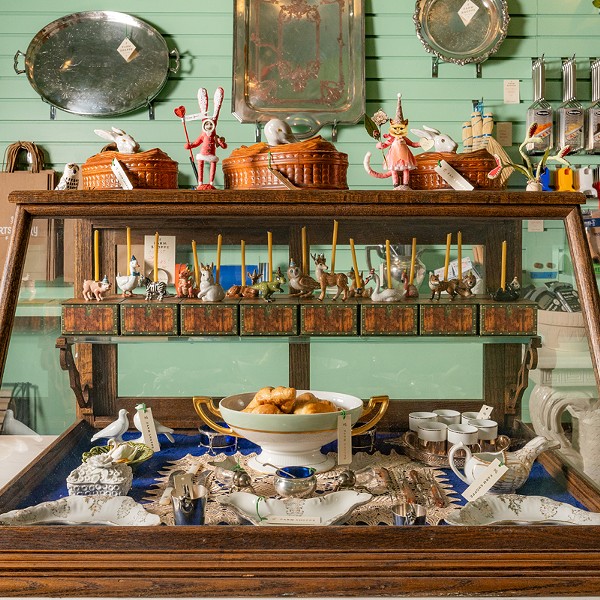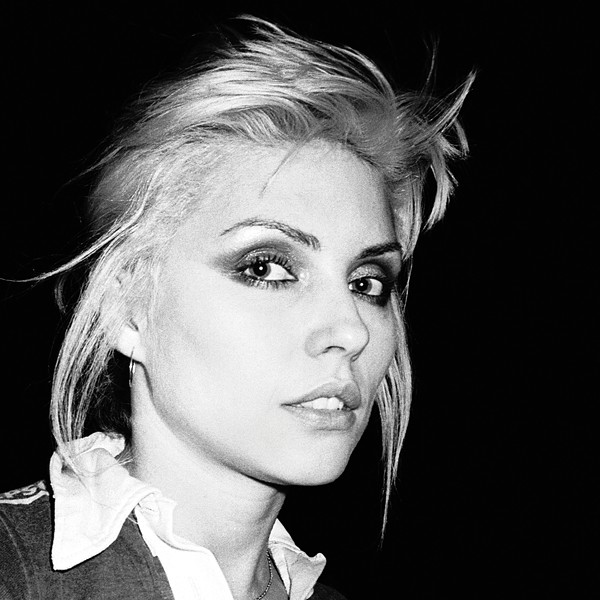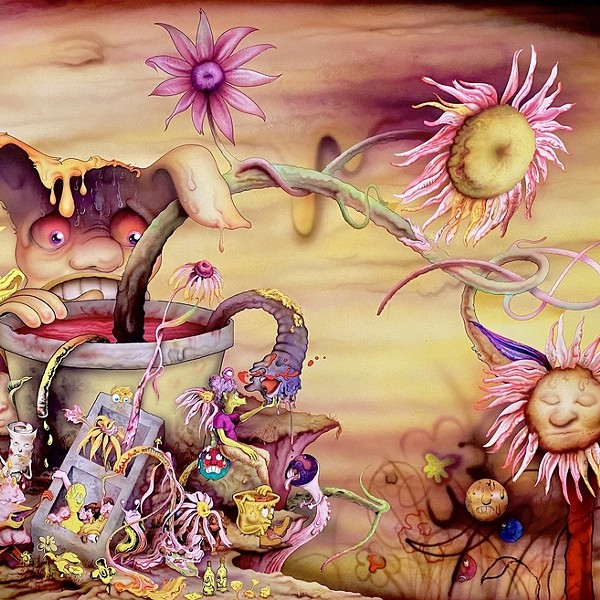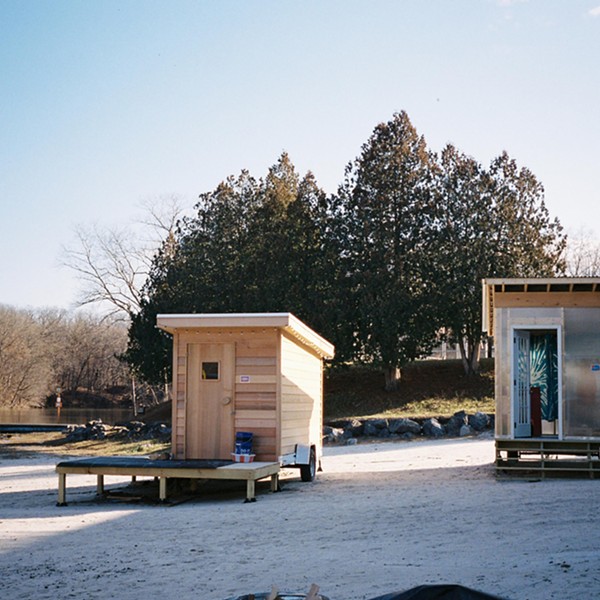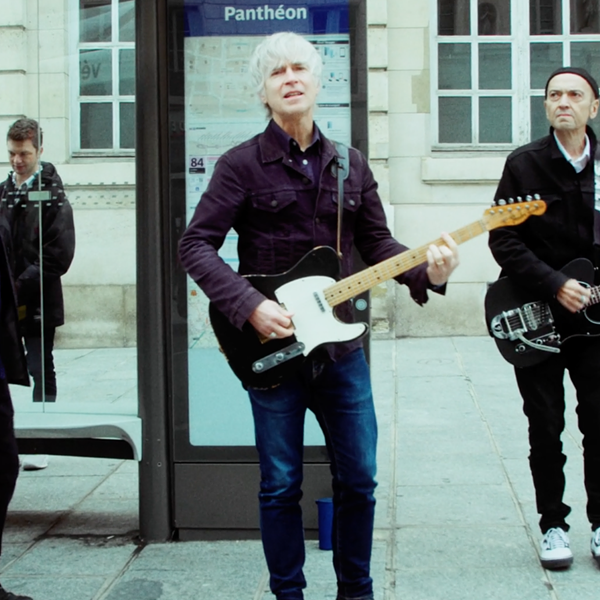Nevertheless, at the time Seward actually did have his fans, two of whom were SUNY Purchase students Bob Barrett (aka Bobby Bunny) and Elisa Flynn of garage-synth duo Invaders from Sears. The pair had by then already concocted the Bunnybrains as the name for a theatrical noise/improv side project and invited Seward and Tent to join in time for a gig at Brandeis University in 1988. Before long, the group was playing the Northeast underground circuit and cranking out self-released cassettes and vinyl with individually handmade sleeves in editions of 300 copies or less. A few of these raw scraps of DIY rumpus made their way to the turntable of then Matador Records tastemaker Johan Kugelberg. “I really liked the unpretentious energy of the singles, and I started passing them around the office,” recalls Kugelberg, who has since worked for American Recordings and today writes for garage rock zine Ugly Things.
The other powers at Matador were similarly smitten, and soon the label that has also been home to such influential acts as Pavement, Liz Phair, the John Spencer Blues Explosion, Guided By Voices, and Cat Power was offering the Bunnybrains a deal. “We did one [self-titled 1995 vinyl-only] album with Matador, which came in this pink plastic envelope cover that was really expensive for the label to make, and no one bought it,” Seward says. “[The band was] very much anti-CD back then because we grew up with vinyl and thought ‘these new CD things’ were elitist, so Matador indulged us by doing vinyl only—which now I see as being really stupid because it meant we never got any airplay or reviews. [The label] didn’t ask us to do another record after that, and I don’t really blame them.”
The band continued with an occasionally augmented cast, gigging regionally and releasing more singles on under-the-radar labels until 2002, when Tent, Flynn, and Barrett left the fold, the latter citing the band’s “sell- out” into musical orthodoxy—i.e., playing the odd actual song instead of only freeform noise—as his main reason for quitting (the three later reunited as BunnyBrains 88 and now play under the moniker Ultrabunny). But Seward disputes such accusations and has continued to fly the freak flag, leading varying Bunnybrains lineups (the latest includes co-lead vocalist Jamie Mohr, bassist Jason “Wolfman” Martin, guitarist and keyboardist Ross Goldstein, guitarist Mikey Corcoran, and drummer Joe Terry) and building the band’s underground stature via limited releases of new studio material, as well as “official bootlegs” like 2006’s three-CD Triple Live Mayhem on Belgium’s Audiobot imprint.
What really cemented the group’s legendary indie status, however, were two events: the release of 2004’s career overview Box the Bunny (Narnack Records), a monolithic boxed set containing four CDs and a bonus live DVD that racked up rave coverage in the indie press, and a 2005 national tour supporting freak folk golden boy and devout fan Devendra Banhart. “That tour was really weird, but really cool, too,” says Seward. “Here we were, this band none of Devendra’s fans had ever heard of, looking all crazy and making this really fucked-up noise in front of audiences full of college hippie girls. And we’re sharing Devendra’s big Snoop Dog tour bus. But we actually went over pretty well, which was amazing. I had kids come up to me after we played and thank me, saying, ‘Wow, man, I just came [to the concert] from my really shitty job and the release of seeing you guys really helped me feel better.’”
Besides Banhart, another of the Bunnybrains’ famous fans is acclaimed pop singer and bassist Me’Shell Ndegeocello, who as of late has been collaborating with Seward on a soundscape project. “Being around Dan is experiential and insightful,” she says. “The Bunnybrains are a mind-child that opened the door to my courage.”
This month sees the release of What Makes You Think You Can Save Yourself (from yourself) (Independent), the first full-length CD of new Bunnybrains material in 10 years. Kicking off with the snot-nosed garage anthem “It’ll Be Alright,” the self-financed disc moves to a hilariously whacked reading of the Big Bopper’s “Chantilly Lace” before descending into the usual mind-bending chaos via cuts like “Your Dream Ass Is Mine,” “Suicide,” and “Baby Likes to Rock (in the Country).” “The new album cost us less than $500 to make,” says Seward, beaming. “And it took us about as long to record as it takes to listen to, which I think is perfect, really.” The band has lined up a few shows to promote the album, though this time out Seward’s commitment to his stores precludes any lengthy touring. In addition to opening the Greenfield shop, with the help of investors Seward plans to convert the service station location into a combination farmers market/cafe/jazz club this year while moving all of John Doe’s Hudson operations into its Warren Street annex. It seems that, as in the case of his band, with his business Seward has created a model that against all odds has managed to find success in its own way.










